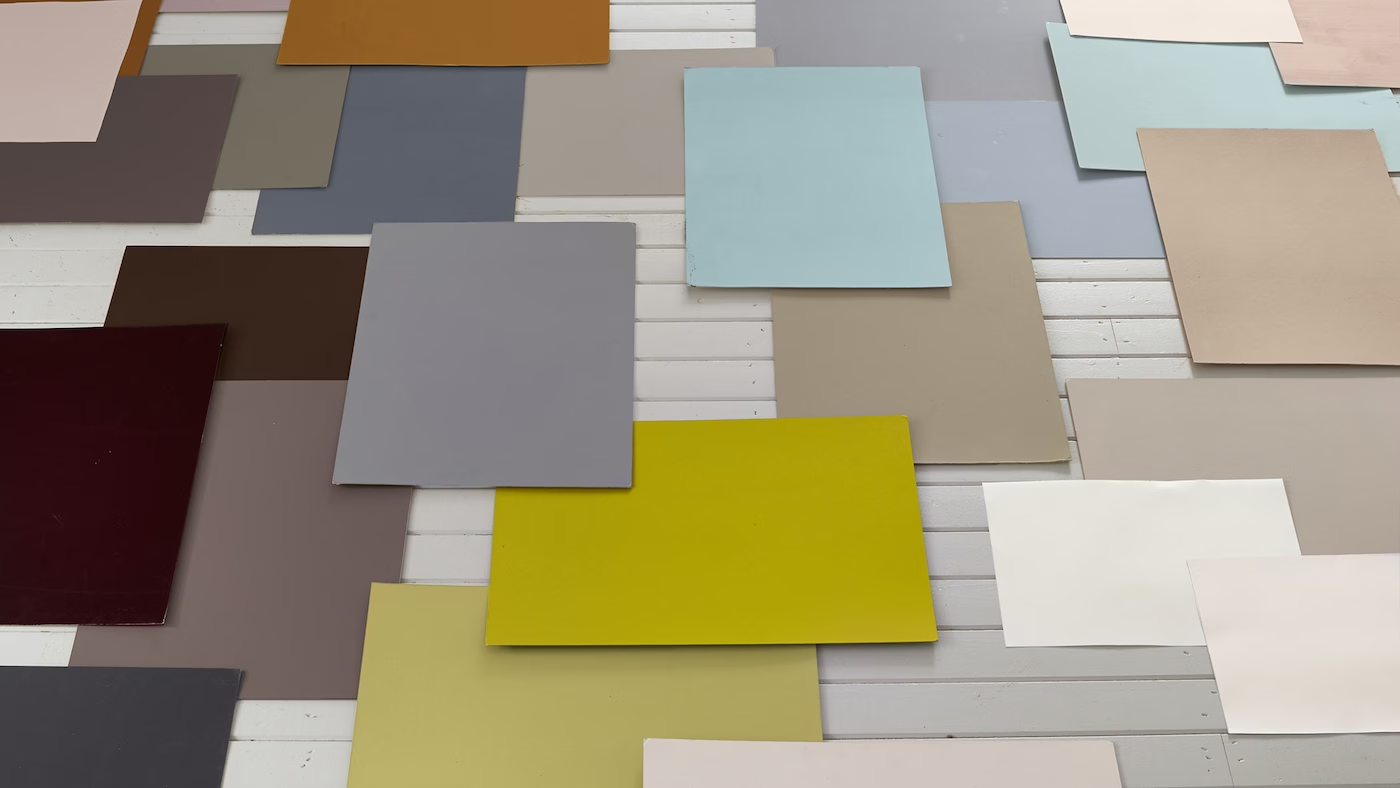
Top interior design tips for choosing paint colours
Discover how to pick the perfect Coral & Dulux colours for your home.
1. Do you have an inspiration source for your home decor ideas?
Flick through magazines and use online sources, such as blogs and Pinterest, to collect any images that spark your painting ideas. You may also find it helpful to collect fabric, paint and wallpaper samples from your local home suppliers.
When you have a collection of images that represent the style that you like, collate them – you’ll most likely start to see a pattern in the kind of colours and shades that your eye is drawn to. You may even like to use these images to create an interior decorating mood board.
2. What furniture is staying in the room?
Are you keeping any of the existing carpet, curtains, cushions or furniture? If these are neutral in colour, they most likely won’t affect the colours that you paint your room.
If you’re keeping furniture or furnishings that are in a bold or bright shade, you may like to use it as a starting point when choosing your colour palette.
3. How will the space be used?
Defining the function of the room will help you determine the kind of mood that you want to create.
Do you have bedroom decor ideas for a room that will be solely used for resting or will you also be working or studying in there? Is your kitchen only used for cooking, or do you also entertain guests in the same space?
By asking yourself these questions early on in the decorating process, you’ll be able to narrow down the kind of space – and the kind of mood – that you want to create.
4. What time of day is the room used most?
Will your room be used a lot in the morning, the afternoon, the evening or all day?
The amount of natural daylight your room receives will affect how colour schemes look in your space. If a wall receives direct sunlight during the day, you may want to use a stronger shade of your chosen colour to prevent it looking washed out by the bright light.
5. What direction does the room face?
If your room is south facing, you’ll probably receive a limited amount of natural light. To balance the room's weak light, it is best to choose warm, pale shades for the walls, such as Bear Run and Rose Trellis.
On the other hand, north-facing rooms generally receive plenty of natural light – some may even need cooler shades to help balance the glare.
6. What’s the main source of light?
Just like natural light, the type of artificial light that you use in your room will greatly influence how your colour scheme looks and feels.
For example, halogen light casts a clear, white light, which tends to give the truest colour. Incandescent bulbs cast a yellow glow, which means that they tend to rob colours of their yellow tones while fluorescent light is cooler, and often removes the vibrancy of a colour.

